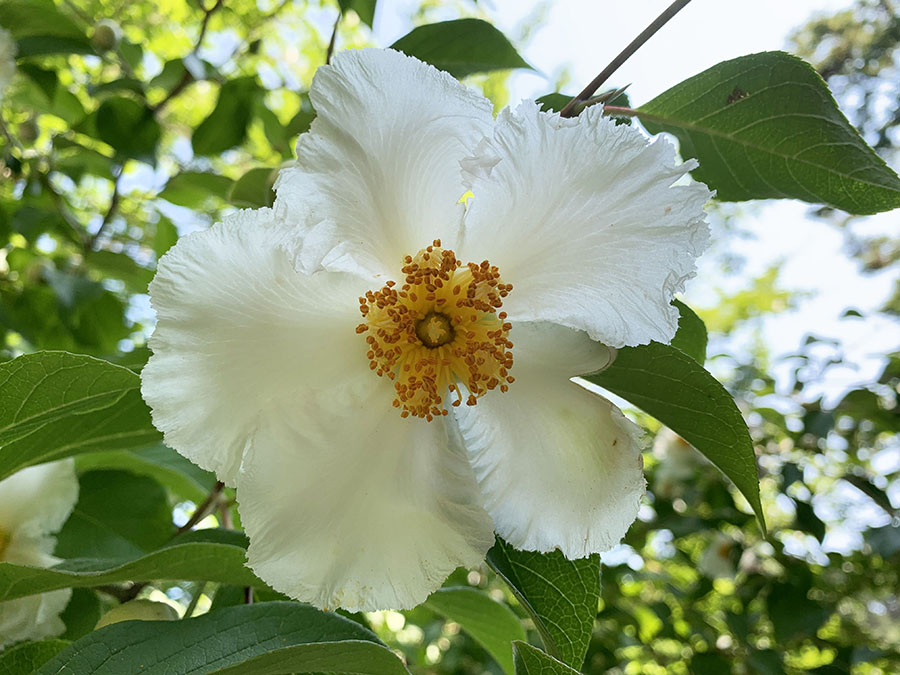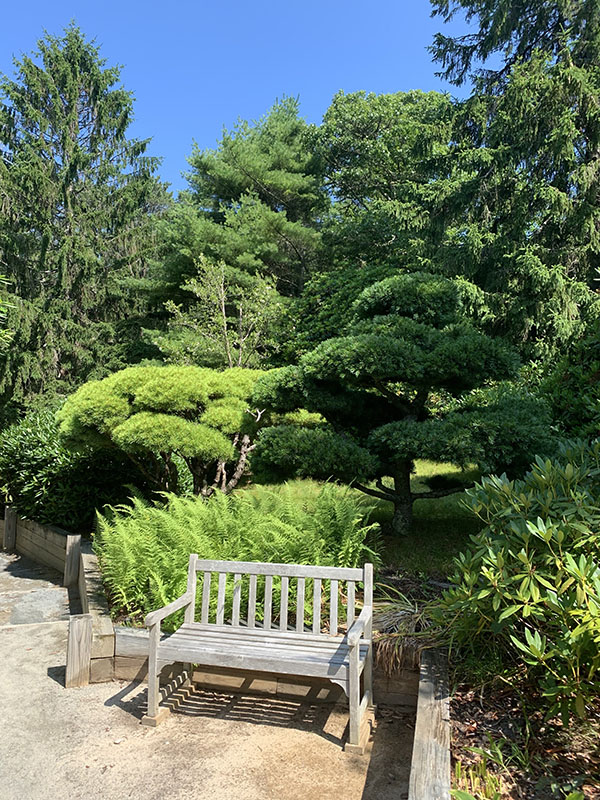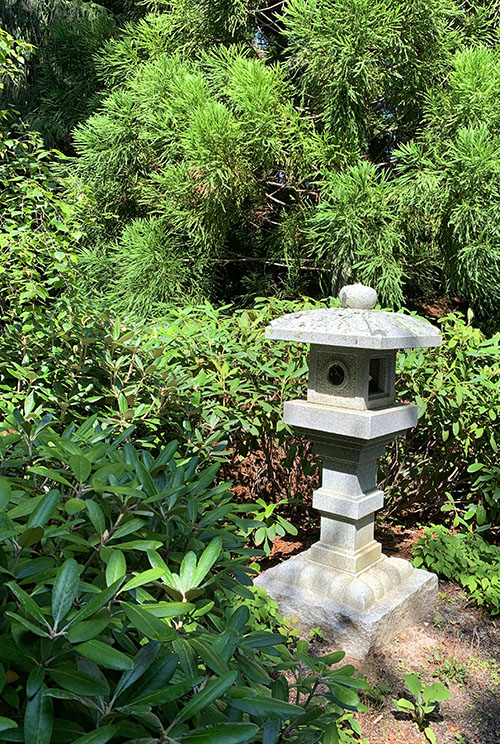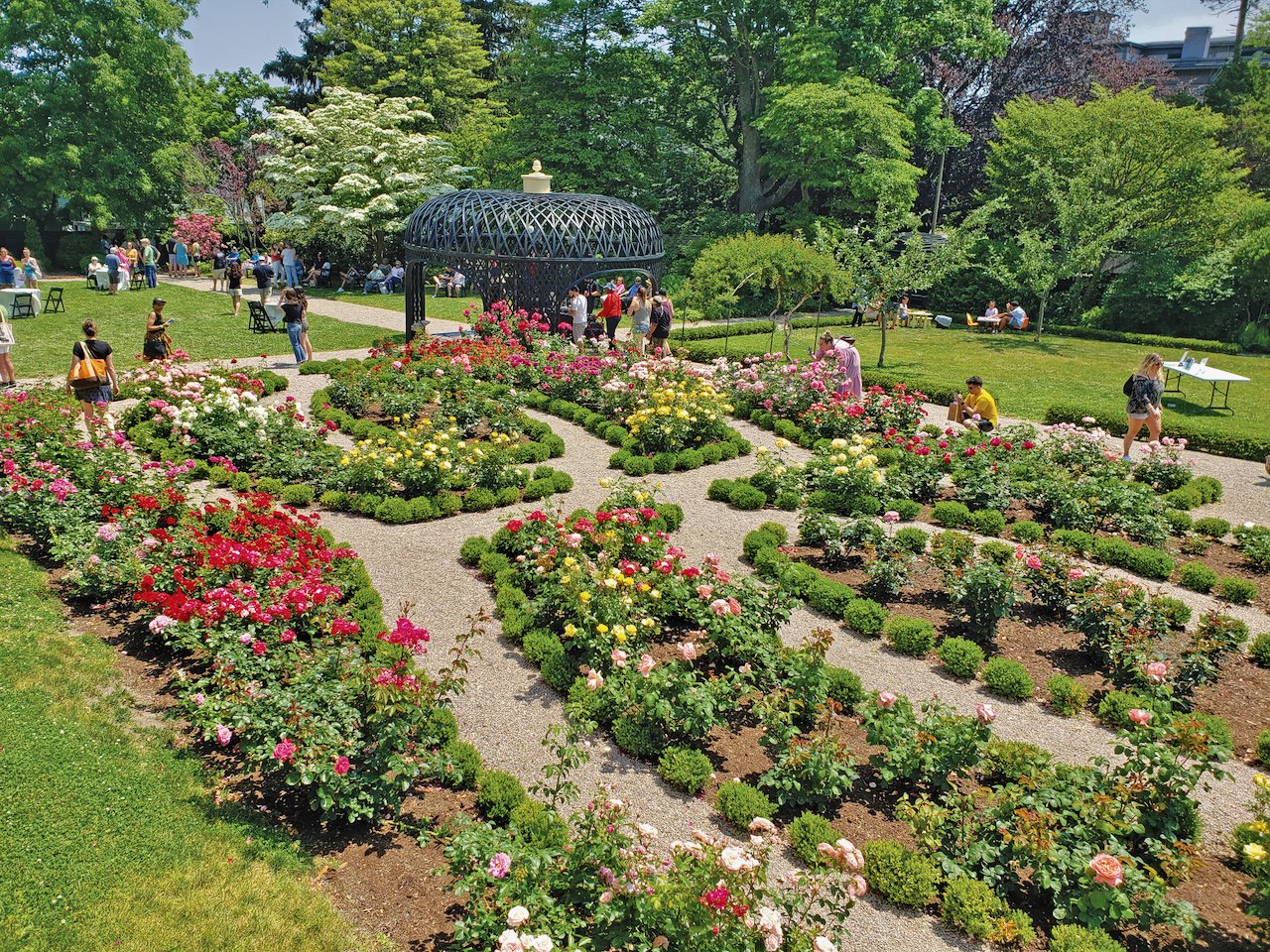Mytoi: A Serene Island Garden
/There are few Japanese gardens in New England, so it is unusual to find one gracing the tiny island of Chappaquiddick for almost 70 years. In 1954 Mary Wakeman purchased land in Chappaquiddick for a summer home, and hired Edgartown architect Hugh Jones to design her a Japanese-style house. As payment, she sold him a 3-acre parcel across the road from her house for $1.
Jones had developed a love of Japanese gardens during his military service. He began his own Japanese-style garden by scooping out a pond in the midst of the pitch pine forest, and building a little red bridge. He planted rhododendrons, azaleas and junipers. He did all of the landscaping and planting himself, and spent so much time on his garden that he referred to it as his "toy." He named the garden "my toy," which he spelled “M-Y-T-O-I” as we see it today.
When Jones died in 1965, his heirs sold the property back to Wakeman, who managed the garden and provided free access to the public. She donated the garden along with an endowment and an additional 11 acres of land to the Trustees in 1976.
When Hurricane Bob descended on Chappaquiddick in 1991, it decimated more than 70% of the plantings. Only a few of the original pitch pines, azaleas and rhododendrons survived the onslaught. The Trustees hired the team of Don Sibley and Julie Moir Messervy to develop and implement a reconstruction plan. Sibley is an artist with a strong interest in Japanese culture and gardening practices. Messervy is a renowned landscape designer who studied in Japan and was the first Western woman to be apprenticed to a Japanese master gardener.
Stewartia blossom in July
The new Mytoi garden is divided into Japanese-inspired garden rooms, with Asian plants and traditional Japanese garden elements. The entry gate is modeled after one you would find at a Japanese temple, but crafted from local black locust trees. As you stroll through the garden, you find azaleas and rhododendrons from the original garden, complemented by new birch alles, Stewartias, threadleaf maples, mountain laurels, camellias, and paths lined with Japanese primroses.
The pond is still there, but with a new zigzag-shaped bridge bordered by winterberry and beach plum. On a hill opposite the pond, a path leads to the azumaya, or traditional shelter where one would wait before entering a teahouse. A second hill topped with a bench provides a serene view of the water. The pond is stocked with koi, but due to local otters and osprey, the fish supply has to be supplemented with fresh donations every year. Mytoi invites you to slow down, to appreciate the nuances of Japanese design, and to contemplate the beauty of nature.
Hours: Daily dawn to dusk, admission $3
Mytoi, 41 Dike Rd., Edgartown, MA 02539, (508) 627-7689
You Might Also Like


















